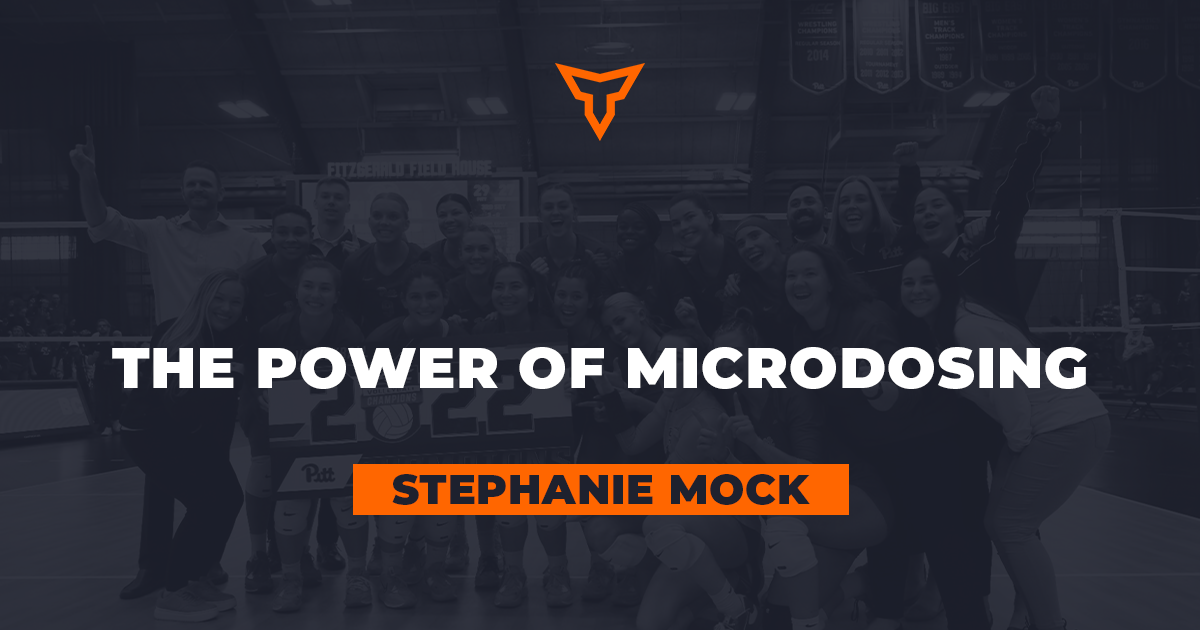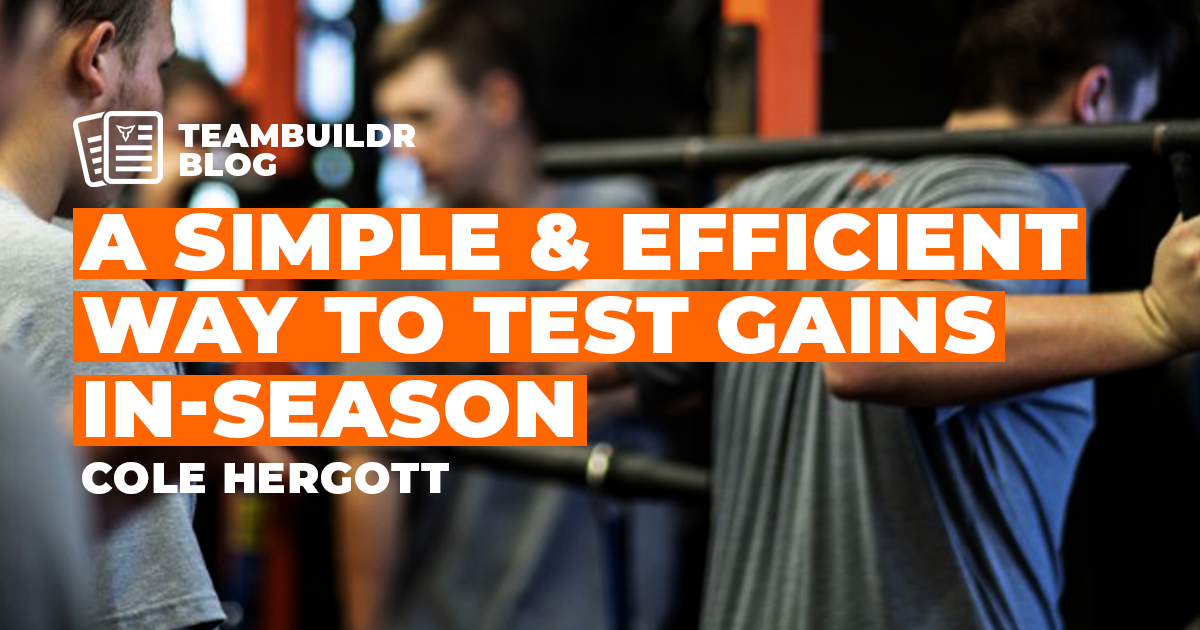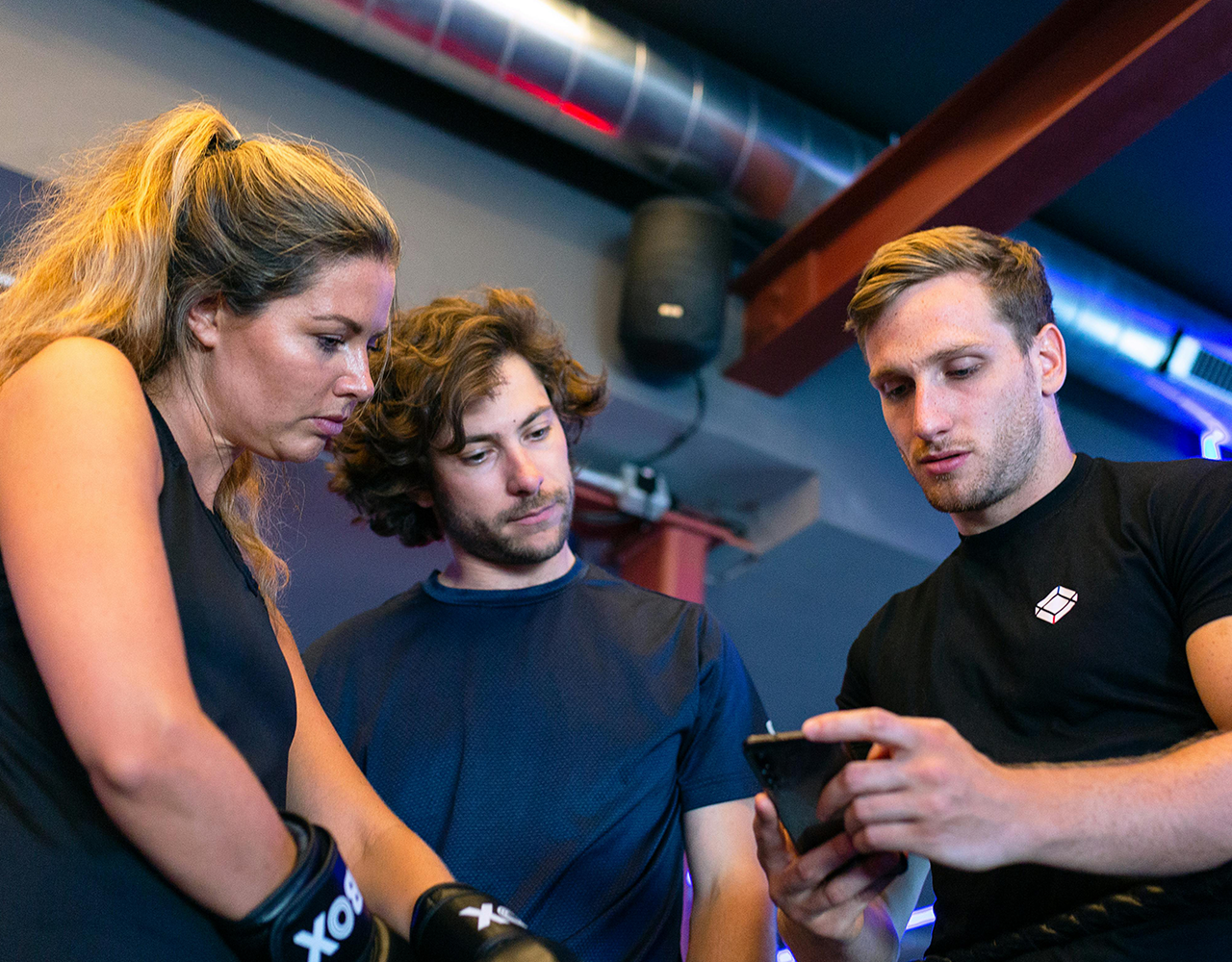Don’t let the Appetizer Spoil the Main Course: Tips for Effective In-Season Basketball Training
If you work with basketball athletes- how many times have you had an athlete start a drill in practice, shoot a massive airball or brick, and then immediately shake their arms and say: “we just did arms” or “my arms are sore from the lift”?
I mean if we are being honest…there’s a 100% chance I’m saying that every time I go out there and hit an airball first shot out (As strength coaches, we should be able to use that excuse, right?).
In my current position working with basketball, our athletes' preseason schedule and their overall physical and mental stress simultaneously increase. I believe our job as Strength and Conditioning coaches is to manage not only physical stress but also mental stress in order to put our athletes in a position to succeed on and off the court.
One way I manage stress for our athletes during this time of year is by trying to schedule lifts that are optimized for performance and recovery. Some days, this is within a few hours of practice, and others can be right before.
Breaking news for those who may not know this but….NOTHING about college basketball is ideal. It is organized CHAOS. To many strength coaches this is frustrating and doesn’t make us feel like we can fully do our jobs right. Early on in my career, I probably felt that exact way and had my big Strength coach ego in full charge. (definition: strength coach ego- the belief that we always know what is best and our way of doing things is the only right way possible).
Now, I believe it could actually be my favorite part of what we do. This organized chaos of what we call preseason in college basketball forces us to be creative and problem solve on a daily basis.
After more experience, a lot of mistakes and growth along the way, I am now at a point where I understand that it isn’t the proof of research, big exercise science terminology, or my “program” that will help me in these situations. It’s the way I communicate and the factors I consider before planning training sessions that allow me to provide what is best for all parties involved (I may have lost that strength coach ego a little bit along the way too ☺).
Our head coach, Amanda Butler, always tells our team “We need to be elite communicators”. I think this is especially true for coaches in the strength and conditioning field. We must be elite in the way we communicate our message to coaches, athletic trainers, administration and most importantly: the athletes.
Drop the ego. It’s not about you.
When we get to preseason, our coaches need to have our players focused and locked in for 2+ hours of intense practice. The team’s lift cannot take away from that. As much as we want to believe our lifts are as important as practice in preseason, they aren’t. Keep the main thing, the main thing. Preparing for the season and understanding our offense or transition defense etc. is the main thing.
Put yourself in an athlete’s shoes for a second (in my case, they are usually sweet Jordan’s so you wouldn’t mind being in them). Think about the athlete who is trying to get a starting spot, who needs to make shots and compete at the highest level each practice because it is between her and another guard for that spot. What is more important to her? Our periodization plan and hitting 80% of her 1RM on squats that day or beating her teammates down the court every sprint in practice?
How do we meet the needs of our athletes and coaches while also optimizing training and driving performance?
Involve your athletes. Make it a partnership and ask them what they think or how they feel after training sessions. Communicate the why behind what you believe or why something is important to their performance.
Here are some considerations I prioritize when planning training sessions in preseason before practice:
1. Minimal effective dose.
How can I do the least to get the most? What needs to be done and what can I cut out?
When I program our training blocks, I typically don’t go farther ahead than 2 weeks at a time. If a coach who works with just basketball tells me they plan a perfect program weeks in advance and have entire phases planned out.. I don’t believe them. There are just too many unforeseen factors that come up throughout the week. Practice time goes over, we have a media day, there is a photoshoot, half the team has a SAAC meeting, and the list goes on. It is really hard to keep a consistent schedule so when I plan workouts, I prioritize what is most important during this time of year to reach the desired training outcome or adaptation. Principles > Periodization
2. Intensity > Volume
Fill up the buckets that aren’t being filled in practice. Our athletes are getting a lot of volume on the court since practice is close to 2-2 ½ hours in length. In basketball, they are going to get a ton of knee dominant, anterior chain, low back stress, and plyometrics on the court. My goal is to fill the other buckets that may not be getting filled during that time. An example of this would be including more posterior chain dominant work, full joint range of motion exercises, and high intensity/low volume strength and power work. If you don’t have a specific, IMPORTANT reason for programming an exercise, it is probably just inducing unnecessary stress on the athlete.
3. Prime > Fatigue
Our lift should not fatigue them for practice, it should be the appetizer for the main course. Our goal is to have our athletes leave the weight room feeling better than when they came in. The weight room is a great time to gauge the temperature of the team and figure out what needs to be done in order to prepare them for practice. We try to aim for 30-40 minutes total time with the warm-up included. At times, we may superset main lifts with warm-up or mobility exercises to be more efficient with our time.
4. Simple > Complex
Less thinking. Save that for practice. As I wrote earlier, practices in the preseason can be 2-2 ½ hours long or maybe even longer with film. There is a lot of focus and attention that is needed early in the preseason since there is so much teaching to do on the court. Going back to #2 above.. let’s give them what they aren’t doing or expected to do on the court.
5. Athlete Autonomy
Our goal is to eventually get to a point in the season where the athletes can have a choice of which movements “feel best” to them. We may provide an “outline” for the day and allow them to choose the exercises they want to do for the day. It’s amazing what you can learn about your athletes when they get the freedom of choice. I have experienced athletes push themselves a lot harder when they were given the choice to do so.
No in-season plan is ever perfect, and as coaches, we need to accept that. Instead of stressing over our wants, the focus has to be placed on the needs of the athletes. Program with the big picture in mind, and learn to ride the waves associated with in-season training. At the end of the day, keep the main thing the main thing, and don't let the appetizer spoil the main course.
Subscribe to our blog
Subscribe to receive the latest blog posts to your inbox every week.
Related posts

The Power of Microdosing

A Simple & Efficient Way to Test Gains In-Season


